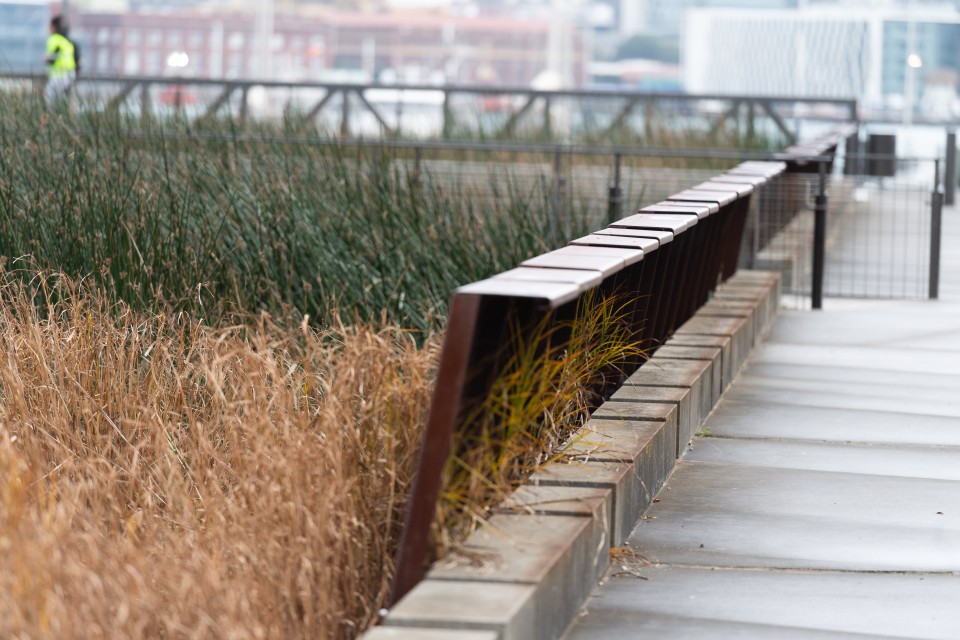Water sensitive design
Water sensitive design (WSD) is an inter-disciplinary design approach, which considers stormwater management in parallel with the ecology of a site, best practice urban design, and community values.
WSD aspires to ensure multiple public benefits from stormwater management and to develop a unique ‘sense of place’ for our communities. It also seeks to deliver low risk and better return on investment for land developers.
We have released a new guideline to support the implementation of WSD in the Wellington region. The guideline is focused on delivering water quality outcomes through localising national and international WSD best practice to the Wellington region. The first version of our guideline covers four types of WSD stormwater treatment devices (also known as green infrastructure):
- Constructed wetlands,
- Bioretention (raingardens),
- Vegetated swales, and
- Pervious paving.
Wellington Water intends to continue to release practice notes in this area as our local WSD practice develops.









